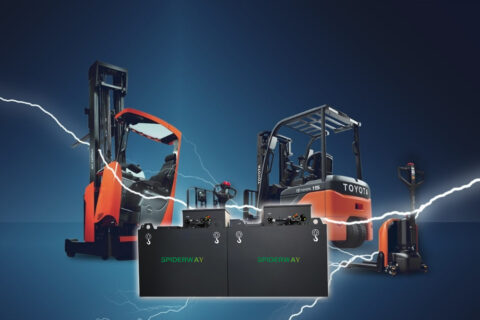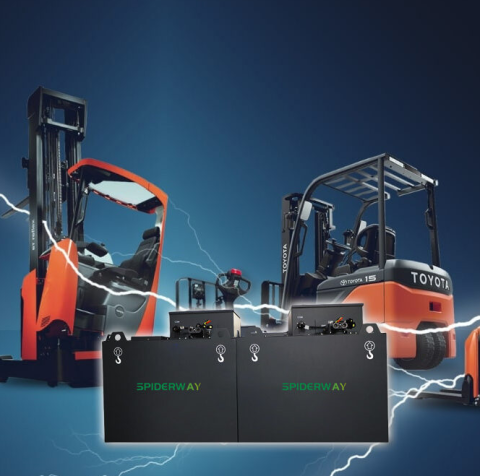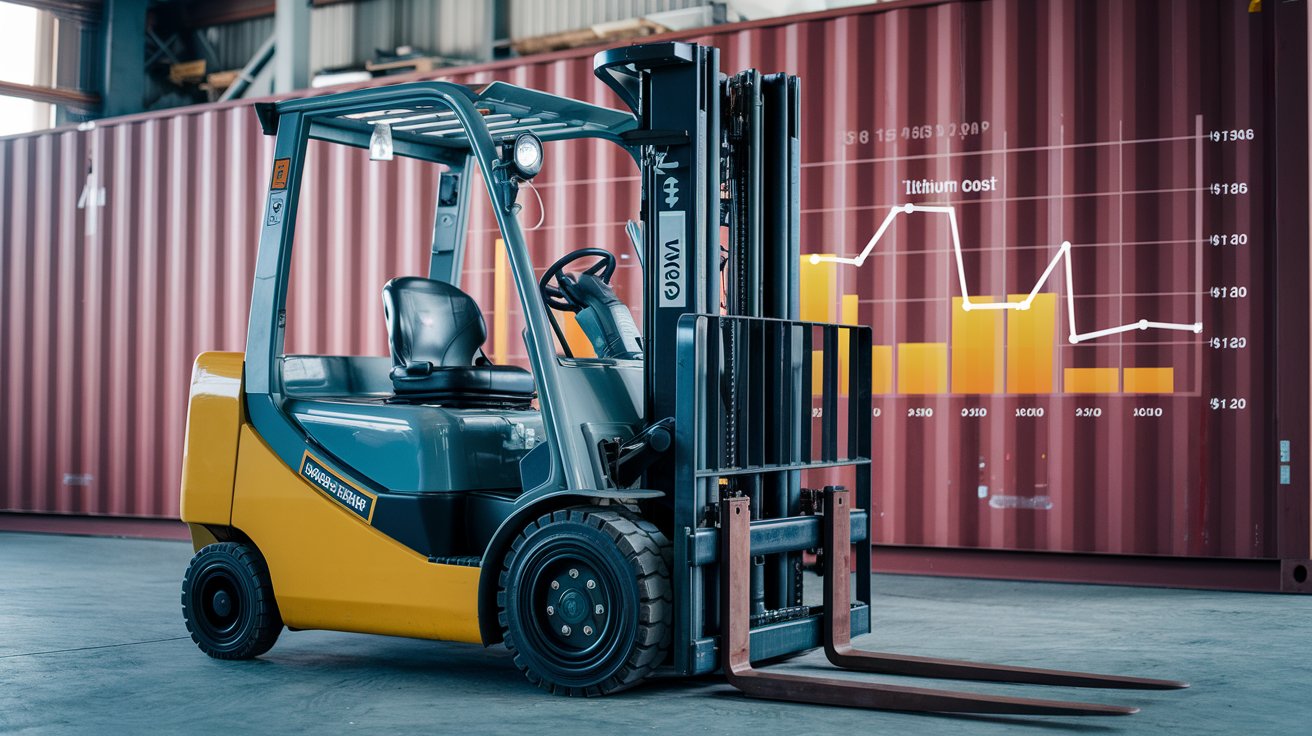
The lithium battery market has experienced significant fluctuations in pricing over the past decade, resembling a technological evolution akin to Moore’s Law, which states that the number of transistors on a microchip doubles approximately every two years, leading to increased performance and reduced costs. In the context of lithium batteries, this principle can be observed in the consistent decline of battery prices alongside advancements in technology and manufacturing efficiencies.
**** Current Price Trends
Recent data indicates that the average price of lithium-ion battery packs has reached a record low of $139 per kilowatt-hour (kWh), marking a 14% decrease from the previous year. This decline is largely attributed to falling raw material costs and increased production capacities across the industry, despite a growing demand for electric vehicles (EVs) and energy storage solutions, which is projected to grow by 53% year-on-year in 2024. The introduction of lithium iron phosphate (LFP) batteries has also played a pivotal role, as they are now the most cost-effective option available, with average prices dropping below $100 per kWh for cells[2][4].
**** The Role of Economies of Scale
China’s dominance in the lithium battery market is a crucial factor in driving down prices. The country’s extensive manufacturing capabilities allow for significant economies of scale, resulting in lower production costs per unit. As production volumes increase, manufacturers can spread fixed costs over a larger output, leading to reduced prices for consumers. This phenomenon is particularly evident in the LFP segment, where prices are notably lower compared to other chemistries like nickel manganese cobalt oxide (NMC) batteries[2][4].
**** SPIDERWAY’s Contribution
SPIDERWAY, a leading manufacturer of lithium iron phosphate (LFP) batteries, exemplifies how automation and advanced manufacturing techniques can further reduce costs. The company’s state-of-the-art production line, equipped with KUKA industrial robots, enhances efficiency and precision throughout the manufacturing process. This automation not only accelerates production speeds but also ensures high-quality standards, significantly lowering the overall production costs of SPIDERWAY’s batteries[1][3].
The integration of automation in SPIDERWAY’s production line leads to:
- Increased production capacity: Allowing for a higher output of batteries to meet growing demand.
- Enhanced quality control: Ensuring that each battery produced meets stringent safety and performance standards.
- Sustainability: The automated processes minimize waste and environmental impact, aligning with global sustainability goals.
As a result, SPIDERWAY’s LFP batteries are not only competitively priced but also offer superior performance characteristics, including long cycle life and high thermal stability, making them an attractive choice for various applications, including industrial vehicles and renewable energy systems[1][3].
**** Future Outlook
Looking ahead, forecasts suggest that lithium battery prices will continue to decline, potentially reaching $113 per kWh by 2025 and $80 per kWh by 2030. This trend is expected to be driven by ongoing technological innovations, increased production efficiencies, and a shift towards lower-cost materials[2][4].
Moreover, as SPIDERWAY and other manufacturers expand their automated production capabilities, the cost advantages associated with scale will likely enhance their competitive positioning in the global market, further solidifying China’s leadership in the lithium battery industry.
- 48V 304AH LiFePO4 lithium battery for KOMATSU Forklift FB20-12 Type
- Product on sale48V 404Ah LiFePO4 lithium battery for LIUGONG forkliftOriginal price was: $5,399.00.$5,318.00Current price is: $5,318.00.
- Product on sale48V 606Ah LiFePO4 lithium battery for HELI forkliftOriginal price was: $7,999.00.$7,978.00Current price is: $7,978.00.
- Product on sale
 80V 404Ah LiFePO4 lithium battery for HELI K2 3.5T forkliftOriginal price was: $8,399.00.$8,310.00Current price is: $8,310.00.
80V 404Ah LiFePO4 lithium battery for HELI K2 3.5T forkliftOriginal price was: $8,399.00.$8,310.00Current price is: $8,310.00. - Product on sale
 48V 404Ah LiFePO4 lithium battery for LIUGONG 2.5TforkliftOriginal price was: $5,399.00.$5,318.00Current price is: $5,318.00.
48V 404Ah LiFePO4 lithium battery for LIUGONG 2.5TforkliftOriginal price was: $5,399.00.$5,318.00Current price is: $5,318.00. - Product on sale
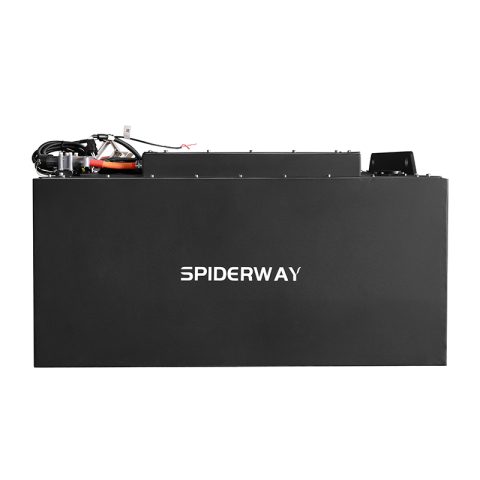 80V 544Ah LiFePO4 lithium battery for TOYOTA forkliftOriginal price was: $11,199.00.$11,190.00Current price is: $11,190.00.
80V 544Ah LiFePO4 lithium battery for TOYOTA forkliftOriginal price was: $11,199.00.$11,190.00Current price is: $11,190.00. - Product on sale
 48V 272Ah LiFePO4 lithium battery for LIUGONG forkliftOriginal price was: $3,599.00.$3,581.00Current price is: $3,581.00.
48V 272Ah LiFePO4 lithium battery for LIUGONG forkliftOriginal price was: $3,599.00.$3,581.00Current price is: $3,581.00. - Product on sale
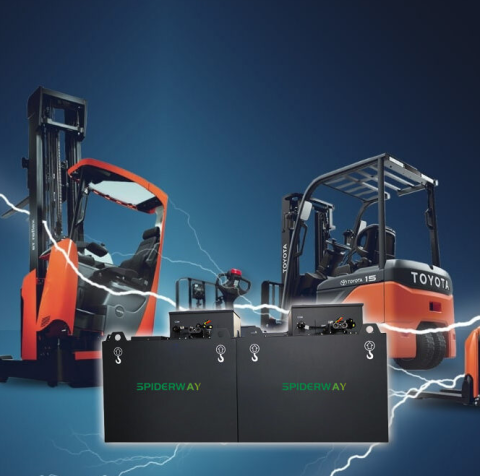 24V 202Ah LiFePO4 lithium battery for LINDE T20 forkliftOriginal price was: $1,399.00.$1,329.00Current price is: $1,329.00.
24V 202Ah LiFePO4 lithium battery for LINDE T20 forkliftOriginal price was: $1,399.00.$1,329.00Current price is: $1,329.00. - Product on sale
 48V 544Ah LiFePO4 lithium battery for HELI CPD20-F1 forkliftOriginal price was: $7,199.00.$7,162.00Current price is: $7,162.00.
48V 544Ah LiFePO4 lithium battery for HELI CPD20-F1 forkliftOriginal price was: $7,199.00.$7,162.00Current price is: $7,162.00.
In conclusion, the interplay between technological advancements, economies of scale, and automation exemplified by companies like SPIDERWAY underscores the transformative potential of the lithium battery market. As prices continue to fall, the accessibility and adoption of electric vehicles and renewable energy solutions will likely accelerate, contributing to a more sustainable future.
Citations:
[1] https://www.spider-way.com/spiderway-industrial-vehicles-lfp-lithium-battery-automation-production-line/
[2] https://about.bnef.com/blog/lithium-ion-battery-pack-prices-hit-record-low-of-139-kwh/
[3] https://www.spider-way.com
[4] https://lohum.com/media/blog/guide-to-lithium-ion-battery-prices-in-the-market/
[5] https://www.sciencedirect.com/science/article/pii/S2352152X23031985
[6] https://ourworldindata.org/battery-price-decline
[7] https://www.energytrend.com/battery-price.html
[8] https://www.sciencedirect.com/science/article/pii/S030626192100060X


